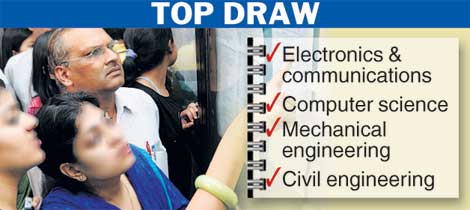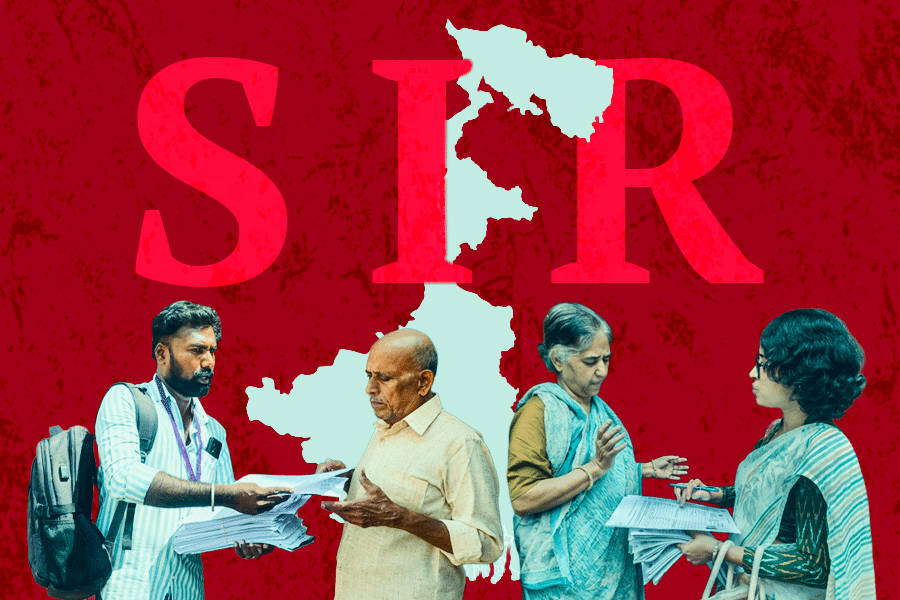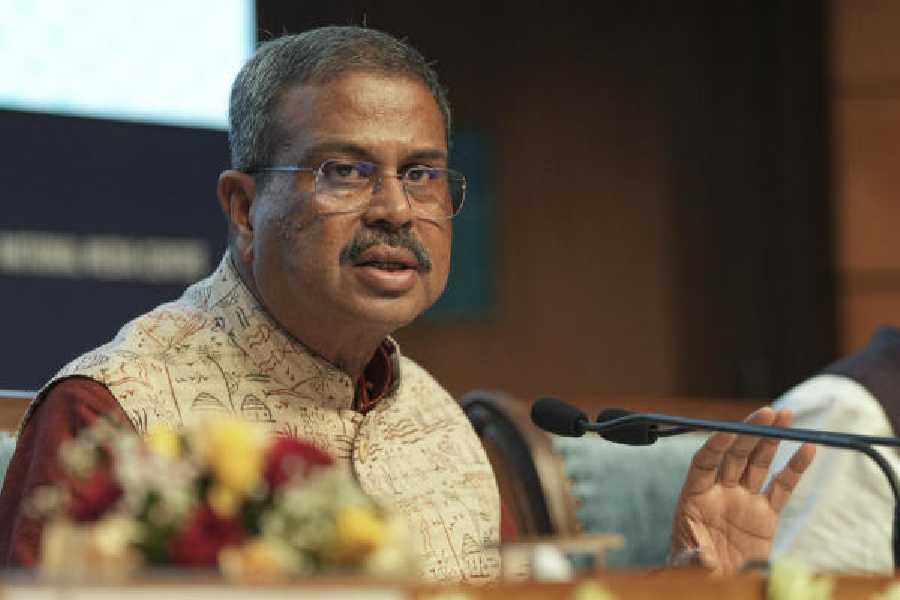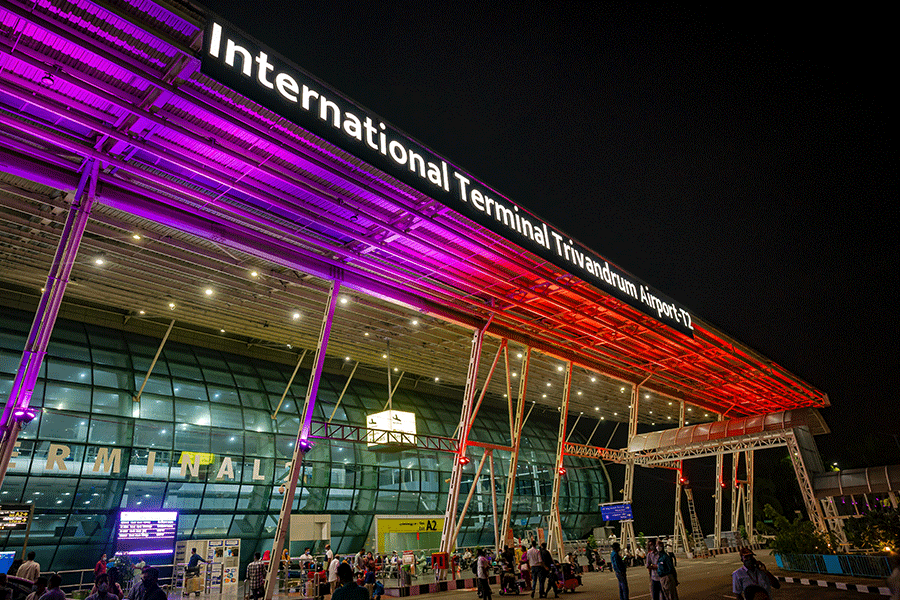|
|
Men like Shoshee Chunder Dutt were products of a ‘mixed’ educational system. When, by the beginning of the 19th century, the British — both missionaries and the government — introduced the school-based education system, they sought to replace the widespread indigenous system of pathshalas (institutions for elementary education, run primarily for Hindu boys). William Adams’s three Reports on the State of Education in Bengal and Bihar document in detail the institution of the pathshala of which there were well over 1,00,000, mainly in the villages and rural hinterland. Most young boys born in the earlier part of the 19th century who were educated, had been to pathshalas, while their successors tended to go to school, albeit in small numbers. According to educational historian Aparna Basu, despite early missionary efforts such as the Schwartz’s schools in Tanjore, Ramnad and Shivganga that were among the first to teach English to Indian converts, as well as the activities of the Serampore Mission in Bengal in 1800, not more than a thousand boys were being educated in these institutions.
Even though the indigenous system and the new school may have existed contemporaneously, what was important were differences in approach, subject matter, modes of teaching and indeed underlying ideologies. These were often described in length in memoirs. Well-known Brahmo reformer Protap Chunder Mozoomdar was born in Hooghly district in 1840 and studied in the pathshala at home. In his autobiography, Heartbeats, he describes the pathshala as “a friendly gathering, and suited everyone”. The gurumohashay that he remembered the best was an oldish man who “always chewed the pan (betel leaf) and smoked hookah: and seldom caned us unless seriously annoyed. He taught us no end of funny child-rhyme (sic) and other pleasant nonsense which sometimes still effervesces in my head.”
He could well have been a student in the aquatint reproduced here of a pathshala in session by the Flemish artist, Francois Balthazar Solvyns (1760-1824), who lived in Calcutta between 1791 and 1803. It shows the gurumohashay brandishing his rattan cane at the boy in the front, who cringes slightly. The students are seated in a haphazard manner — and the one with covered head is a girl, perhaps the daughter of the householder in whose home the class was being held. The three figures in front are particularly interesting. The boy to the left is writing, while the two young men are reading. In fact, it appears to be a class with a wide age range as the boy being admonished, as well as these two, appear considerably older than the others. The class, though small, seems to have three discrete groups — the girl and the boy facing her are one, the older group with the boy sitting separately another, and that which seems to have the maximum attention from the gurumohashay is the one physically closest to him. Behind the thatch-and-brick hut is a fairly solid-looking building, perhaps the one in which the host family lived. The air of unstructured informality ties in with the stereotype of the gurumohashay — often the butt of some less-than-innocent barbs — who was more intent on the fate of his chillum rather than that of his students. Solvyns, who made several prints together with descriptive texts of the Bengali people, had captured well the atmosphere of early learning, its lackadaisical pace and general disorganization. (His visual and documentary interest in the ethnographic was a precursor to The People of India photographic project initiated by Lord Canning in 1858).
Protap’s problems started when he had to move on to school: “I got over my elementary vernacular training smoothly enough. I have no disagreeable recollections about it. My troubles commenced with the English alphabet. There was a dignity in beginning to learn English in those days, but in my case fear swallowed self-consciousness.” He opened his primer upside down, everything appeared strange and unfamiliar and when in mathematics he had to tackle Euclid, “I fell through most hopelessly.” His teachers did not flog him anymore — “they were simply stolid and indifferent.” He recounts in some detail his experiences at Hare School, where “I could work a sum with as little difficulty as any other boy; but in geography, history, English prose and poetry, I was decidedly above par.” Double promotions found him in the senior classes and “in a still, rarefied atmosphere in which the English teachers (awful beings) lived and moved on tiptoe. In the classrooms, the English language was always spoken, Geometry was taught, diagrams were drawn on the black-board, and no end of other scholastic marvels were wrought daily.”
In many ways, the pathshala epitomized a culture on the decline and the school-master became a symbol of the new world of the office, fixed working hours and contractual relations. School education brought routine and structure, and the examination system legitimized notions of competition and achievement and supposedly inculcated an ambition to move into the occupations associated with Western learning. An ambition that was not without its suppressed tensions. Protap’s inability to adjust to the school was perhaps not only academic but also reflected a more deep-seated anxiety over belonging and identity. In her analysis of over a hundred autobiographies of educated Indians (mainly men), academic Judith Walsh who, for some years, has been studying the Indian middle classes in the 19th century, came upon a concern over new roles “robbing them [boys] of their once firmly held prestige and security. Older caste roles could no longer serve as the defining principles of life.” Principles that had been reinforced through the pathshala and village community. There was a desire for mobility, change and the city lights; at the same time, it was not easy “to come to terms with new sexual, education and occupational situations and choices”.
Families too, were often victims of contradictory pulls. On the one hand, there was the obvious advantage of a Western-educated son; on the other, the entire legacy of tradition could not be eschewed. And then there was the burden of disappointment, when equality with the rulers was nowhere in sight. High-caste Hindus often resented the ‘mixed bag’ quality of the colonial encounter, their insecurities often expressed in anything from individual psychological distress to aggressive nationalism. Children were often caught in the middle, exposed simultaneously to an underlying orthodoxy as well as Western ideals that were often presented as a counterpoint to an upbringing of religious conformity.
It was particularly among the first generation exposed to such a maelstrom that the reactions were the sharpest. An education that was no longer a continuum with family life and caste norms presented challenges that were not only scholastic in nature. Surendranath Banerjea’s father, a Western-educated doctor, rejected the values of his father’s generation and is purported to have written a will in which he expressed the hope that his five-year-old son would be educated in England. In 1868, Surendranath went to London — not to study but rather to sit for the competitive examination for admission to the Indian civil service. According to Walsh, Surendranath resolved the conflict between two different world-views by carving out a political career for himself. Of course, only a handful was as successful as Surendranath; for several others, who had to balance the advantages of a new way of life with traditional commitments, solutions were far more quotidian. Their loneliness and social isolation rarely resulted in political or social engagement; for some, the home became the focus and women were under pressure to become appropriate helpmeets and educated mothers — and yet keep the home free from the contaminating winds of change.











